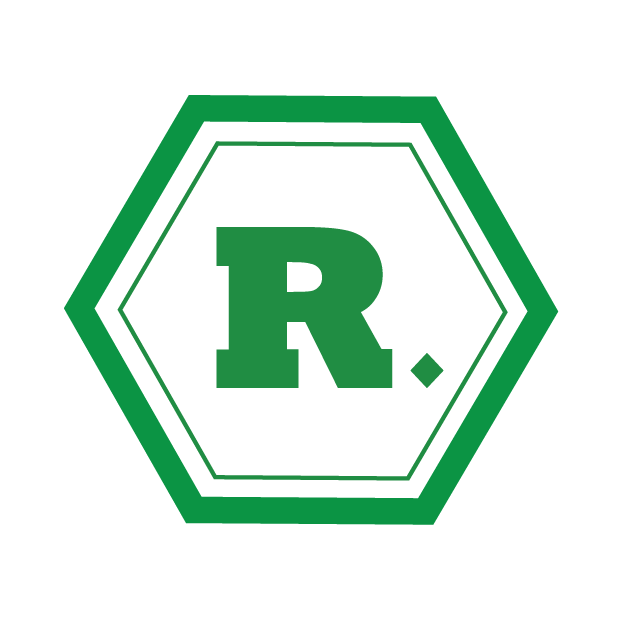Project Description
“Responder” is a community platform (website) that connects the members of the community to help each other in a disaster and facilitates to coordinate efforts from NGOs and government. Data is used for preparing for a disaster, acting efficiently when is happening, and learning from it to build stronger communities.
Through visualization tools, information from data sets like shelter and emergency sites and meteorology can be accessed in an easy way and timely, so that community members and organisations are ready for disasters and know how to act. By using data about demographics, priority sites can be identified and tracked, which allows government and NGOs to prevent before a disaster and localize their efforts. Also, through real time communication channels community members can participate in a “network of help” to assist each other. In addition, by tracking, localizing and categorizing the needs of the communities, government and NGOs can act more efficiently when disasters happen. All the data is processed to learn from the event and build stronger resilient communities, lessons to be applied in the community itself and shared with other communities.
The next steps are to interview more potential users and tailor the platform to their needs and take the project to national level for a greater impact.
"Responder" has huge potential as a tool to act efficiently during disasters and increase preparation and readiness, allowing to use resources wisely but most importantly, making our communities stronger and keeping them safe.
Data Story
Shelter and emergency, Meteorology and Demographics.
Information from data sets like shelter and emergency sites and meteorology can be accessed in an easy way and timely, through visualization tools, so that community members and organisations are ready for disasters and know how to act. By using data about demographics, priority sites can be localized, which allows government and NGOs to prevent before a disaster.


